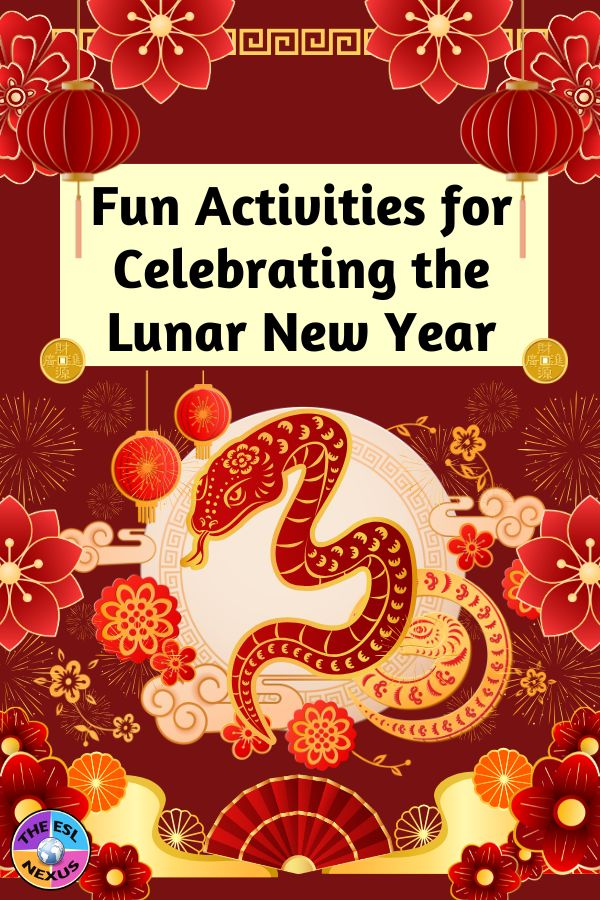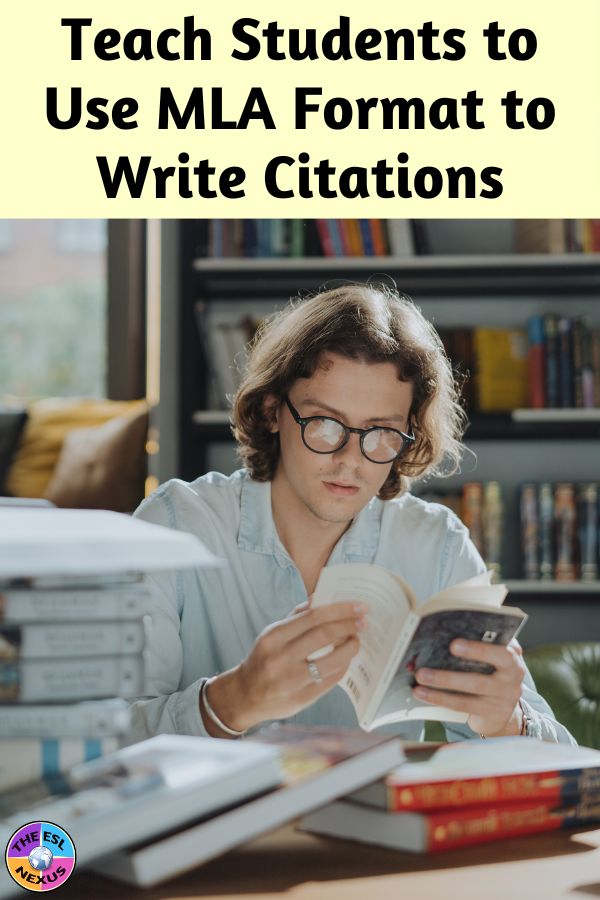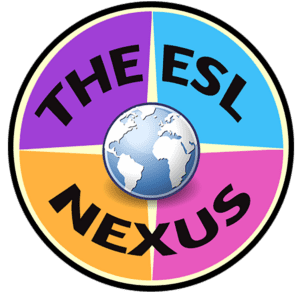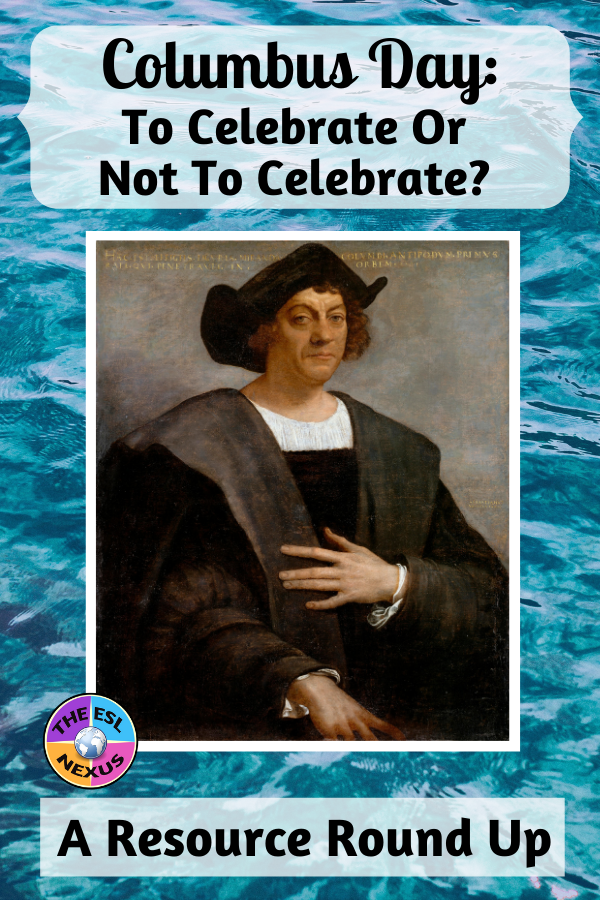 |
| 7 Resources for ELLs about Columbus Day; source: The ESL Nexus |
* From History.com:
A short description of the origins of the Columbus Day holiday. After an introduction, there is a section about Christopher Columbus, then a section about how Columbus Day began in the U.S. That is followed by some paragraphs explaining why the holiday is controversial and a description of Indigenous People’s Day as an alternative celebration. It ends with a section on when Columbus Day is celebrated in the U.S.
Can be used with high intermediate and advanced ELLs.
* From The Oatmeal:
An opinion piece that describes about how Columbus’ voyages negatively impacted the Native people he encountered. It also contrasts Christopher Columbus with Bartolomé de la Casas, who eventually regretted his role in the slave trade. The text is written in a large font and is accompanied by drawings that aid comprehension. Some details are explicit so this resource may not suitable for younger students in 5th and possibly 6th grades.
For older ELLs at a high intermediate and advanced level of language proficiency.
* From Teaching Tolerance:
A lesson plan aimed at Grades 6 – 8 on why Columbus Day is still a holiday. It’s called “Why Do We (Still) Celebrate Columbus Day?” The website says that: In this lesson, students will address misconceptions they likely have about Christopher Columbus and the colonization of what is now the United States.
The lesson itself can be adapted for low intermediate ELLs but the resources linked in the lesson plan require a higher level of language proficiency so students will need support when using them.
* From National Geographic:
A very short video (less than 3 minutes long) about the voyages of Christopher Columbus, the origins of the Columbus Day holiday, and why some people now prefer to celebrate Indigenous People’s Day instead because of the negative impact Columbus had on the Native people he encountered in the Americas. The video uses sentence captions to explain the images that students see on screen. There is music but no audio narration so teachers (and students, if watching on their own) can stop the video whenever needed in order to better comprehend the text.
Can be used with low intermediate ELLs with teacher support.
* From Vox
A short video (less than 6 minutes long) about the Columbus Day holiday. It includes video segments from decades past to illustrate how students used to be taught about Columbus and how ideas about the holiday have changed over the years. It goes into detail about how the holiday began and why Italian-Americans supported it. The final section of the video discusses why Indigenous People’s Day has replaced Columbus Day in some parts of the U.S.
The video has close-captions so it is suitable for intermediate and higher ELLs.
From The ESL Nexus TpT store
* Columbus Day Word Search & Crossword Puzzles, Reading Passage
This resource includes a reading passage and a crossword puzzle and word search puzzles and can be used when teaching remotely. Both printable and Google Drive versions are included and the vocabulary activities all use the same target 20 vocabulary words.
The resource is aimed at low intermediate and higher ELLs in middle school but can also be used by native English speakers and older students as well.
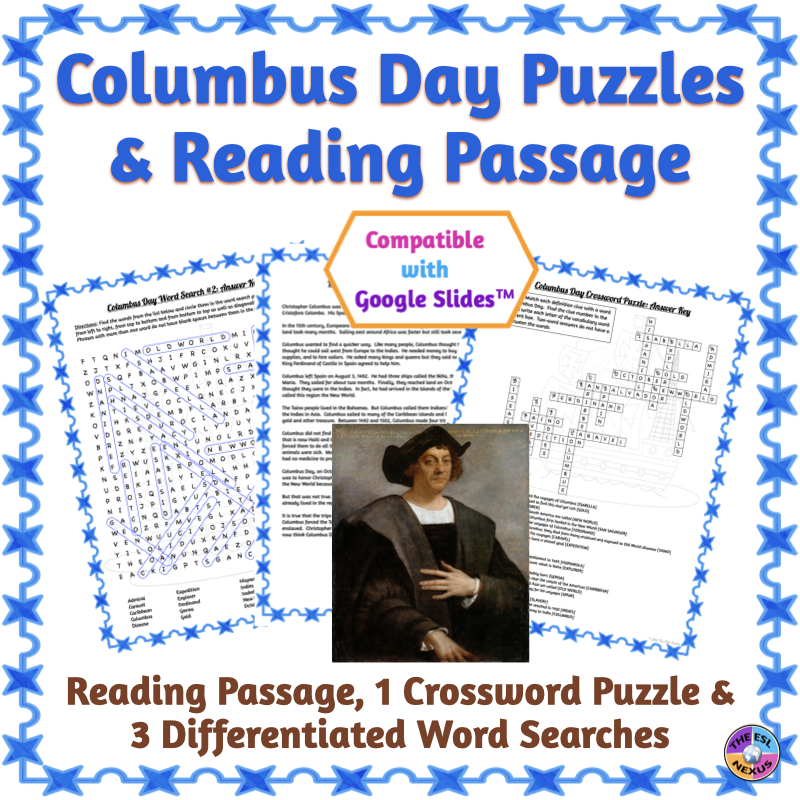
| Click HERE to find these & other Columbus Day resources; source: The ESL Nexus |
FYI: I found The Oatmeal and video resources through Larry Ferlazzo’s The Best Online Resources About Christopher Columbus (& ‘Indigenous Peoples’ Day’) blog post.
Teaching about Christopher Columbus is no longer as easy as teaching a simple song and venerating a man of Italian heritage. We owe it to students to offer them an unvarnished version of history, even if it contradicts what we ourselves were taught. Besides, teaching multiple perspectives of history makes for a much richer, more inclusive learning experience and that is more likely to be more engaging for the majority of our students today.

